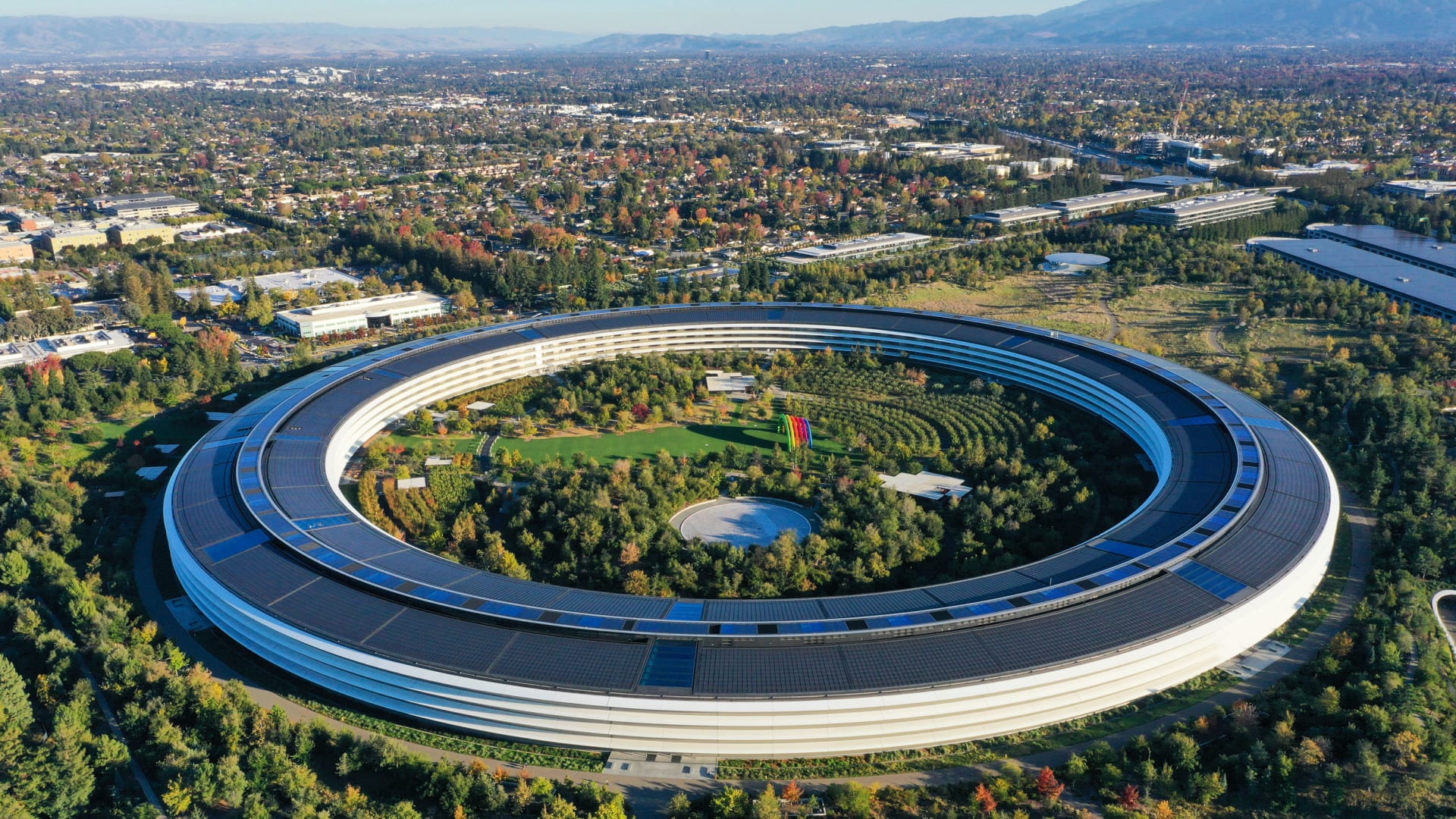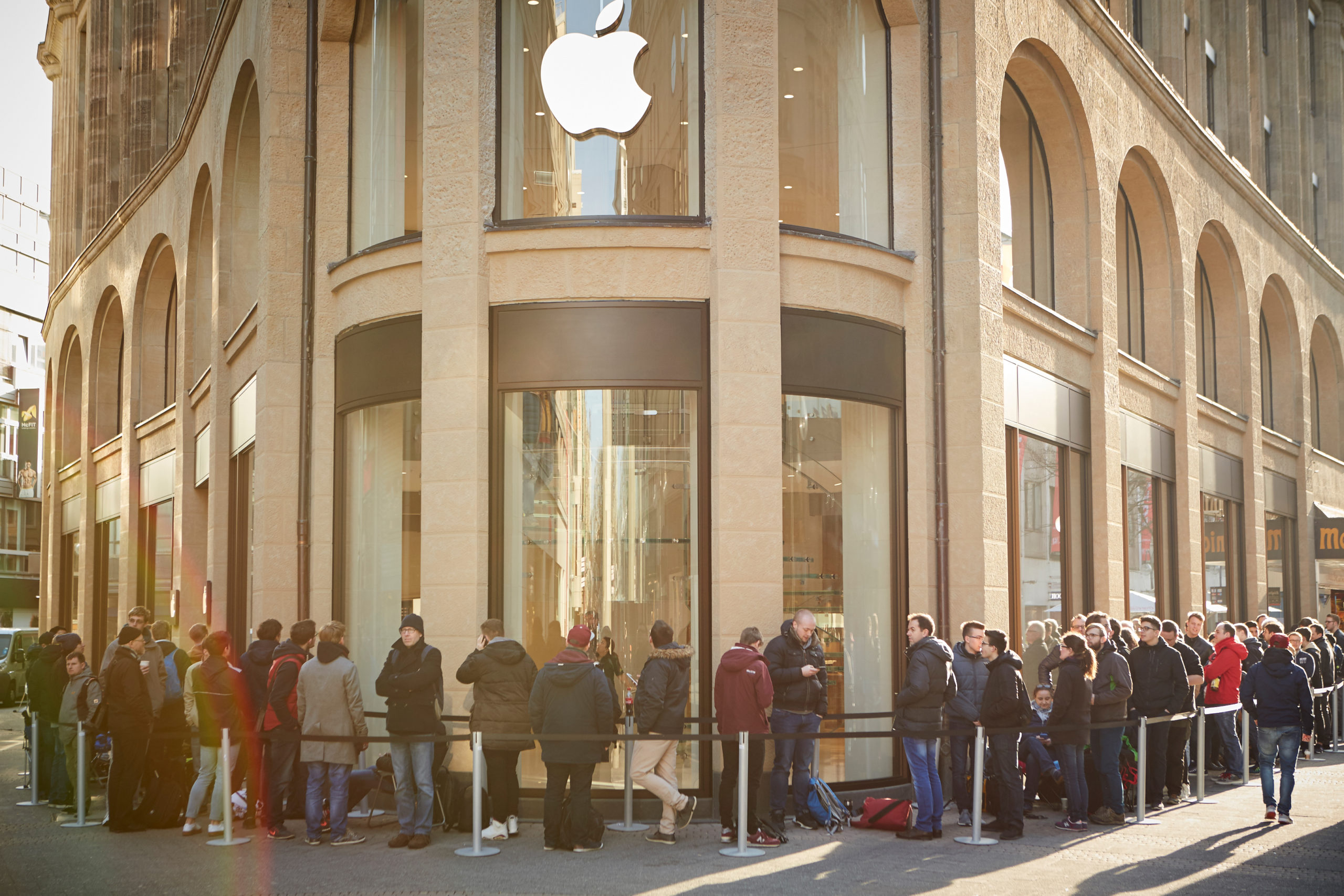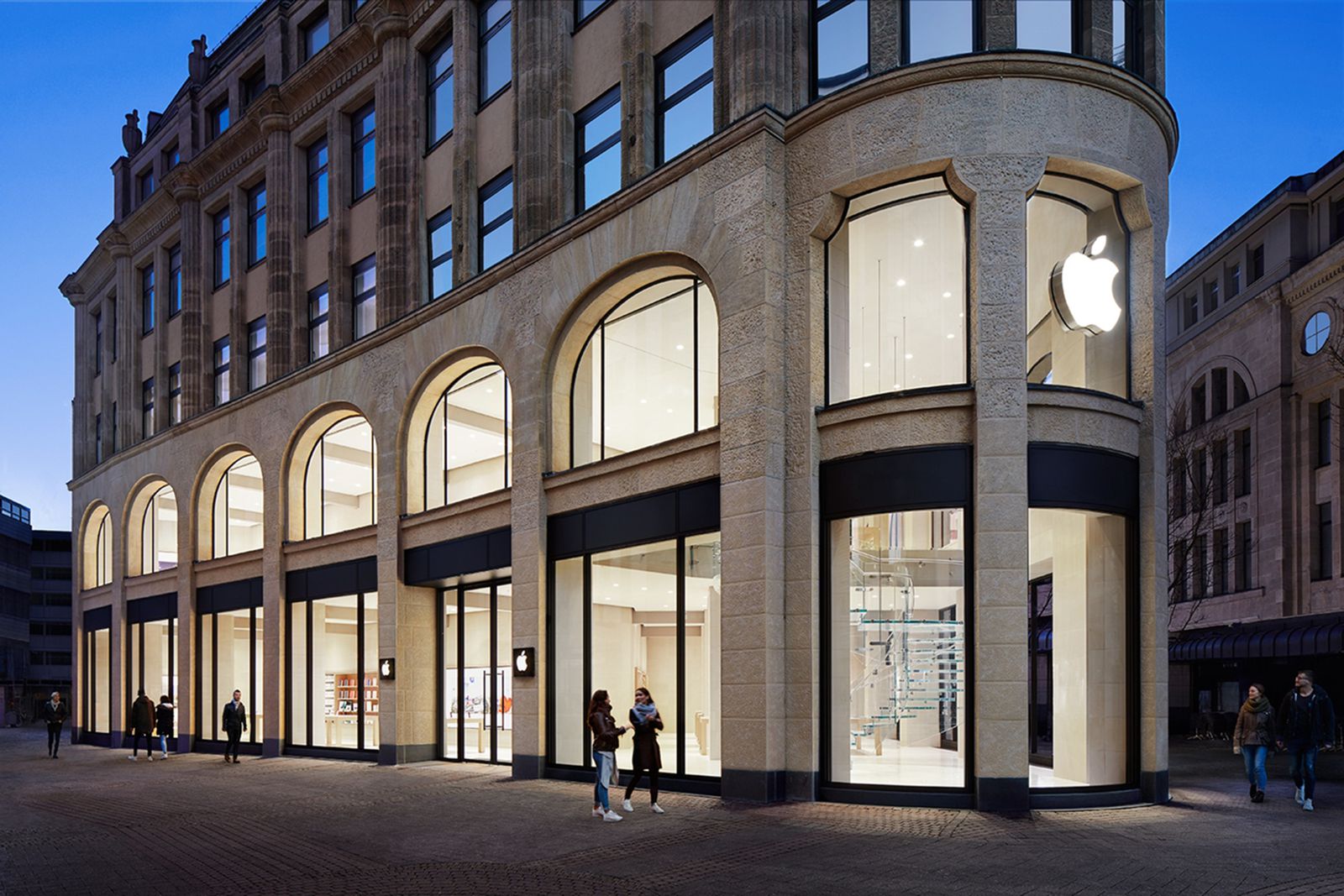Apple’s iPhone charging cables have become an essential accessory for millions of users worldwide. They are used daily to charge devices, transfer data, and connect to various accessories. However, like any product, these cables can experience issues that can be frustrating for users. In this article, we will explore common problems associated with iPhone charging cables, provide insights into their causes, and offer practical solutions to help you extend the life of your cables and ensure they perform optimally.
Understanding the Basics of iPhone Charging Cables
Before diving into specific issues, it’s important to understand the different types of iPhone charging cables available:
- Lightning Cable: The most common type used for charging and data transfer in modern iPhones.
- USB-C Cable: Used for newer iPhone models and offers faster charging and data transfer capabilities.
- 30-Pin Connector: An older type of connector used in earlier iPhone models.
Regardless of the type, users often face a range of issues that can affect their charging experience. Let’s explore these common problems.
Common Issues with iPhone Charging Cables

1. Frayed or Damaged Cable Ends
One of the most common issues with iPhone charging cables is fraying or damage at the connectors. This often occurs due to bending, twisting, or pulling the cable too hard when unplugging it.
Signs of Fraying
- Visible wires or insulation damage.
- Intermittent charging or data transfer.
- Charging cable not recognized by the device.
Solution
If you notice fraying, avoid further use as it may become a safety hazard. Consider using heat shrink tubing or electrical tape for temporary fixes. However, the best long-term solution is to replace the cable with a new one.
2. Dirty or Corroded Connectors

Over time, dirt, lint, and moisture can accumulate in the connectors of both the cable and the iPhone’s charging port, leading to poor connections.
Signs of Dirty Connectors
- Device not charging or charging slowly.
- Visible debris in the lightning or USB-C port.
Solution
To clean the connectors:
- Power off your iPhone.
- Use a soft-bristle toothbrush or a can of compressed air to gently clean the charging port.
- For the cable, gently wipe the connector with a microfiber cloth.
3. Software Issues Affecting Charging

Sometimes, the problem isn’t with the cable itself but rather the software on the iPhone. A glitch or outdated software can lead to charging issues.
Signs of Software Issues
- Device not charging despite using a functional cable.
- Charging stops and starts unexpectedly.
Solution
To resolve potential software issues:
- Ensure your iPhone is running the latest version of iOS.
- Restart your iPhone to refresh the system.
- Reset settings if the problem persists.
4. Compatibility Issues with Third-Party Cables

Many users opt for third-party charging cables due to their lower cost. However, not all third-party cables are created equal, and compatibility issues can arise.
Signs of Compatibility Issues
- Device not recognizing the cable.
- Error messages such as “This accessory is not supported.”
Solution
To avoid compatibility issues, it’s best to:
- Choose cables that are MFi (Made for iPhone) certified.
- Consider investing in original Apple cables or reputable brands.
5. Overheating Cables

Overheating can occur due to excessive current flow, short circuits, or using a faulty charger. This can lead to damage not only to the cable but also to the device itself.
Signs of Overheating
- Unusual warmth when charging.
- Discoloration or melting of the cable insulation.
Solution
To prevent overheating:
- Use the correct charger for your device.
- Avoid using your device while it’s charging.
- Regularly inspect your cables for signs of wear or damage.
Preventive Measures to Extend Cable Life

In addition to addressing common issues, there are several preventive measures you can take to extend the life of your iPhone charging cables:
- Avoid Excessive Bending: Always unplug the cable by holding the connector, not the wire.
- Use Cable Protectors: Consider using silicone sleeves or cable protectors at the ends to reduce stress on the cable.
- Store Properly: Avoid coiling cables tightly and store them in a dry, cool place.
- Limit Exposure to Moisture: Keep your cables away from water and humid conditions to prevent corrosion.
Apple iPhone charging cables are integral to the functionality of your device, and experiencing issues can be frustrating. By understanding the common problems associated with these cables—such as fraying, dirty connectors, software glitches, compatibility issues, and overheating—you can take proactive steps to diagnose and fix these issues. Implementing preventive measures can also help extend the life of your cables, ensuring a seamless charging experience. Remember, while third-party options may be tempting, investing in high-quality, certified cables will save you time, money, and frustration in the long run.